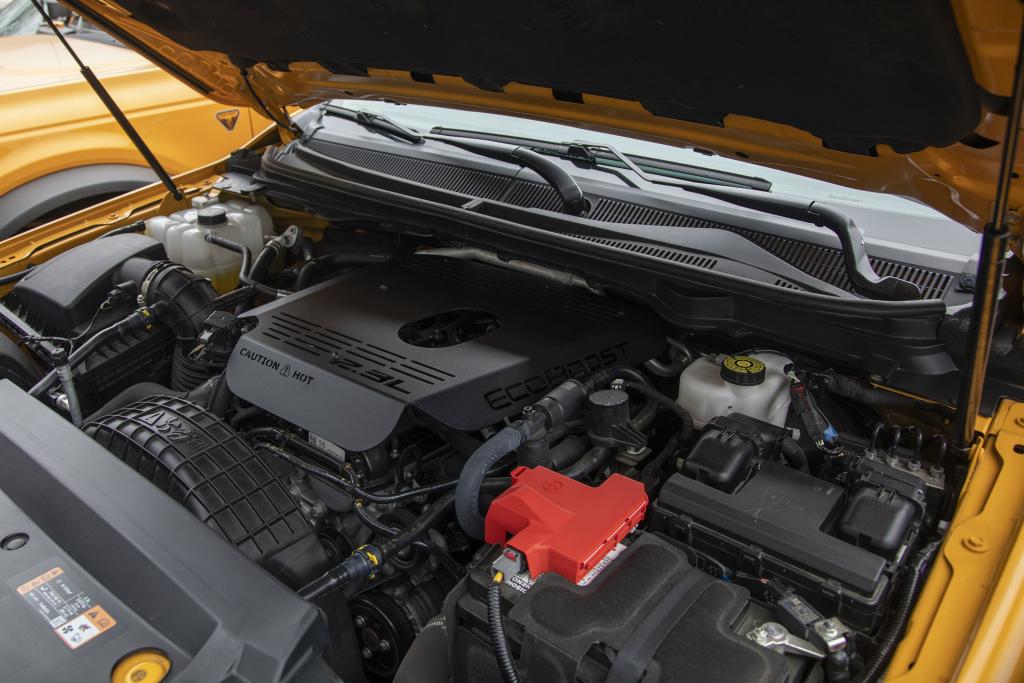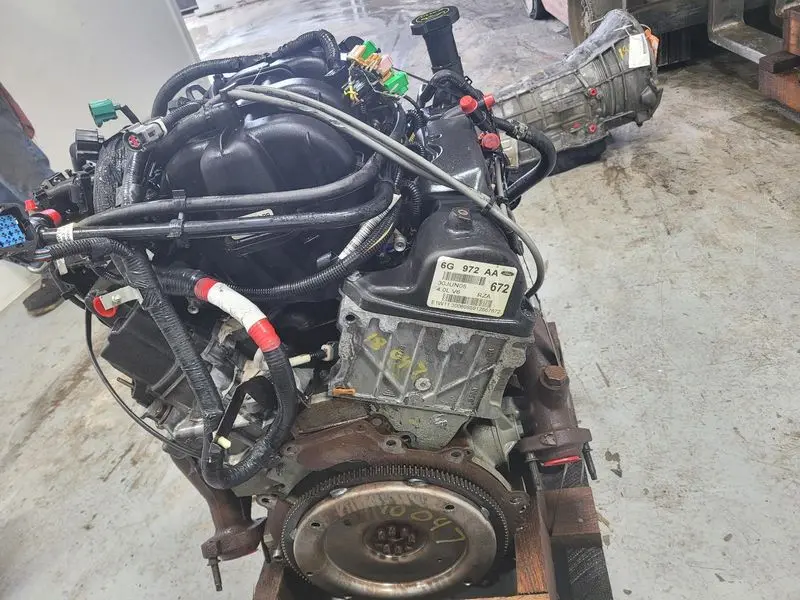Comprehending the Essentials of Vehicle Engines: Types, features, and features

Overview of Cars And Truck Engines
An auto engine serves as the heart of a lorry, transforming gas right into mechanical power to propel it onward. This detailed system comprises numerous components that work in unison to make certain ideal efficiency and performance. The fundamental operation of a vehicle engine entails the internal burning process, where fuel and air are blended, fired up, and expelled to produce power.
The engine's layout can dramatically impact its efficiency, gas effectiveness, and discharges. Key parts consist of the cyndrical tube block, pistons, crankshaft, and camshaft, each playing a critical function in the engine's general function. The cyndrical tube block houses the cyndrical tubes where combustion occurs, while the pistons transform the eruptive energy from burning into linear movement. This activity is then transformed right into rotational power by the crankshaft, allowing the automobile's wheels to turn.
In addition to these elements, engines commonly use various systems such as fuel injection, ignition, and cooling systems to improve efficiency and longevity. Recognizing the fundamental mechanics of auto engines is necessary for identifying issues and executing upkeep, ultimately adding to the vehicle's reliability and effectiveness gradually.

Types of Car Engines
Vehicle engines can be categorized right into several kinds based on their layout, gas type, and functional concepts. 2.2 ford ranger engine. The most usual groups include inner burning engines (ICE), electrical engines, and crossbreed engines
Internal burning engines, which can be additional split right into fuel and diesel motor, run by igniting a fuel-air blend to generate power. Gas engines are normally lighter and smoother, while diesel motor are a lot more fuel-efficient and offer higher torque.
Electric engines make use of electrical power saved in batteries to power an electric motor, supplying instantaneous torque and zero exhausts throughout procedure. As innovation breakthroughs, electrical automobiles (EVs) are increasingly ending up being prominent for their environmental advantages and reduced running prices.
Hybrid engines incorporate aspects of both interior burning and electrical engines, permitting versatile power sources and boosted fuel effectiveness. They can run in numerous settings, making use of either the gasoline engine, the electrical motor, or both concurrently.
Each kind of engine has distinctive benefits and negative aspects, influencing their application in various automobile kinds and market segments, from compact automobiles to sturdy vehicles. Understanding these types is essential for making educated choices regarding lorry option and efficiency assumptions.
Engine Functions Explained
Recognizing engine functions is essential for grasping how cars run effectively. At the core of any kind of inner combustion engine lies the basic procedure of converting fuel into mechanical power. This procedure starts with the intake stroke, where air and gas are attracted right into the burning chamber. Following this, the compression stroke presses the air-fuel blend, increasing its temperature and pressure.
The ignition occurs next, sparking the mix and producing a rapid development of gases. This force drives the piston down during the power stroke, which ultimately converts right into the rotational movement of the crankshaft. The exhaust stroke then eliminates the invested gases from the chamber, making way for a new cycle to commence.
Along with these primary functions, engines additionally integrate systems that handle air conditioning and lubrication, ensuring optimal functional temperatures and reducing rubbing in between moving components. This complex interplay of features enables the engine to create the power required for car propulsion while keeping effectiveness and integrity. Comprehending these features gives useful insight right into the complexities of auto design and enhances the capability to identify and attend to engine-related issues properly.
Secret Engine Features
Engine design encompasses a number of essential features that considerably affect efficiency, effectiveness, and resilience. One of the most important elements is the engine arrangement, that includes inline, V-type, and flat styles. Each configuration affects the engine's power, size, and balance result, thereby affecting overall car dynamics.
Another necessary attribute is the engine displacement, describing the total volume of all cylinders. Larger displacements usually generate more power however might jeopardize fuel effectiveness. Engine materials additionally play a pivotal function; high-strength and light-weight materials, such as click here for info light weight aluminum and magnesium alloys, check my blog enhance efficiency without including too much weight.
The sort of fuel shot system employed-- such as multi-port or straight shot-- affects combustion effectiveness and emissions. Turbocharging and turbo charging are features that improve engine performance forcibly extra air right into the burning chamber, enhancing power output without substantially boosting engine dimension.
Last but not least, the existence of advanced engine monitoring systems enhances fuel-air mix and ignition timing, adding to smoother operation and far better gas economic climate. Jointly, these functions define an engine's abilities, setting the foundation for its performance and longevity in an affordable auto landscape.
Upkeep Tips for Engines
Appropriate engine upkeep is important for making sure optimal performance and longevity, as ignoring regular treatment can lead to considerable issues down the line. To keep your engine successfully, start with regular oil modifications, normally every 3,000 to 7,500 miles, depending upon the kind of oil used. Fresh oil lubricates engine components, reducing rubbing and wear.
Additionally, keeping an eye on coolant degrees is essential to prevent overheating. Ensure that the coolant is covered up and remains in great problem to maintain reliable temperature policy. On a regular basis evaluate and change air and gas filters, as clogged filters can impede air movement and gas delivery, jeopardizing engine efficiency.
Additionally, take note of ignition system and ignition systems. Defective or used trigger plugs can lead to misfiring and lowered efficiency. Inspecting the battery terminals and links for deterioration is also necessary, as a weak battery can impact engine starting.

Final Thought
In recap, a detailed understanding of car engines incorporates various types, functions, and key features that considerably influence automobile performance. Inner burning engines, in addition to hybrid and electrical options, show varied browse this site mechanisms for power conversion. 2.2 ford ranger engine. Recognizing the essential functions, such as intake and exhaust cycles, alongside essential engine functions like arrangement and gas injection systems, furnishes automobile owners with the expertise necessary for reliable maintenance and procedure, inevitably boosting vehicle durability and performance
An automobile engine serves as the heart of a car, converting gas into mechanical energy to drive it forward. The basic operation of a cars and truck engine includes the inner burning procedure, in which gas and air are blended, ignited, and eliminated to develop power.
Frequently examine and change air and fuel filters, as stopped up filters can hinder air flow and fuel distribution, compromising engine efficiency. - 2.2 ford ranger engine
In recap, an extensive understanding of automobile engines encompasses different types, features, and essential features that dramatically affect vehicle efficiency. Recognizing the vital functions, such as intake and exhaust cycles, alongside vital engine functions like setup and fuel injection systems, furnishes automobile owners with the understanding needed for efficient maintenance and procedure, eventually improving car durability and performance.